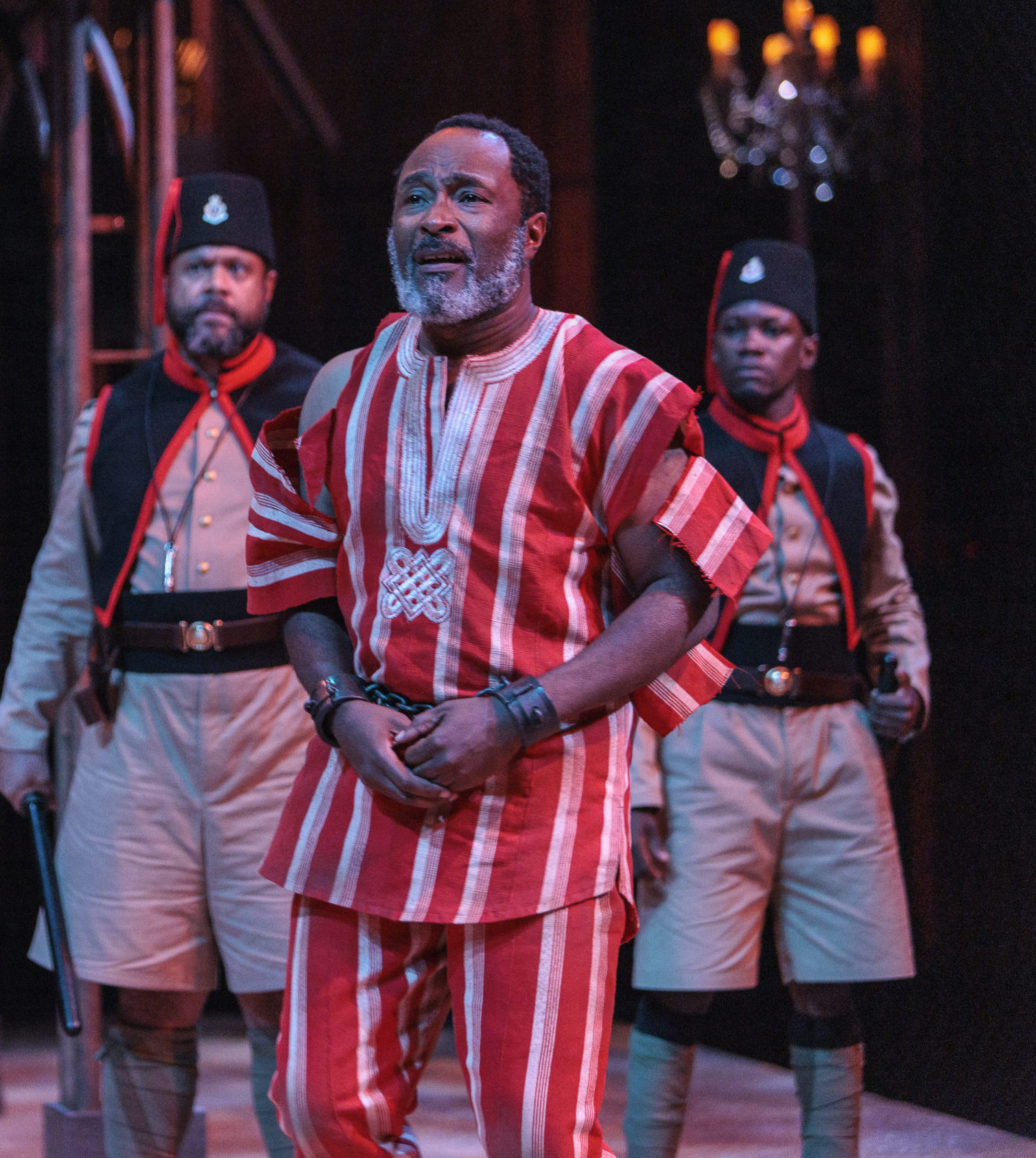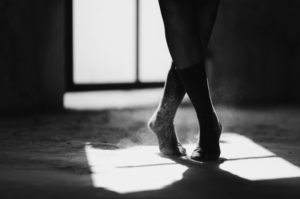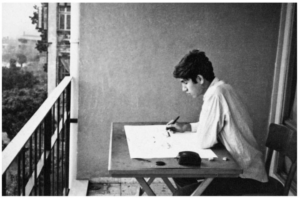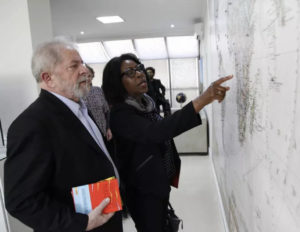
Death and the King’s Horseman by Nobel Prize laureate Wole Soyinka is currently playing at the Stratford Theatre Festival in Canada, which hosts around half a million attendees every year. The fact that Soyinka’s play is being featured on such a major platform and that a film adaptation of the play is set for release on Netflix sometime this year says something about the work’s timeless significance.
The play, which was first staged in 1975, is a story of colonial violence and its traumatic aftermaths. At the center of the story is Elesin Oba, the horseman of a Yoruba king. When the story opens, the king is dead, and the horseman is expected to accompany him in his journey to the other world. Soyinka weaves a powerful tragic drama around Elesin Oba’s failure to perform the act of ritual suicide that reunites him with the king and, on which the metaphysical life of the community depends. In the old days, the ritual process of reuniting a dead king and his horseman would have been a largely seamless affair. But in 1940s Nigeria, things were different. The community’s will for the horseman to fulfill his duty clashes with the colonial order that sees the practice as barbaric and steps in to prevent it. The play explores the tensions between a world struggling to hang on to its sense of purpose and a colonial power that destroys everything it does not understand.
Bringing the play to life at the Stratford festival took the dedication of a stellar creative team and a cast that includes seasoned Canadian actors such as Anthony Santiago playing Elesin, Amaka Umeh as the Praise-Singer, Graham Abbey as Simon Pilkings, Kwaku Adu-Poku as Olunde, and Akosua Amo-Adem as Iyaloja. For the director of the play, Tawiah M’carthy, the experience of helming such an iconic production is a career highlight. He was a teenager in Ghana when he first saw the play on stage. The production of the play at the University of Ghana was also the first time he encountered Soyinka’s work. Accra has a rich, pan-African history of theatre centered on the trailblazing work of the likes of Efua T. Sutherland. Seeing Soyinka’s iconic work in an artistic context nurtured on the best theatre traditions was a rare gift. It ignited a love for theatre that went on to shape M’carthy’s brilliant career in the performing arts. Decades later, he is not only directing Death and the King’s Horseman at one of the biggest theatre stages in the world but also has had the privilege of sharing the work with Soyinka. “To have Soyinka,” he remarks, “visit my rehearsal room as I directed the premiere of his work at Stratford was a full circle moment for me.”
In presenting the play to a contemporary audience, M’carthy took the approach of letting the play speak for itself. He wanted to “stay out of the way of what the play is and needed to be,” as well as “work past the need to contextualize [the] production for a Stratford audience.” There was no question of westernizing the play for a Canadian audience. Every step of the way, he was guided by “the importance in making sure that the Yoruba culture is presented in respectful accuracy.” Take for example the design elements of the production. The play being a period piece means that half the work of bringing it to life is visual. The audience has to be transported to 1940s Yorubaland to witness the ceremonial splendor of royal life, to see the decadence of colonial power, and to experience the spiritual depth of collective life. Costume Designer Sarah Uwadiae is a key part of this visualization.
Uwadiae was born in Nigeria and grew up in Lagos. She began her training in theatre in Nigeria and moved to Canada seven years ago for graduate school. She joined the creative team of Death and the Kings Horseman determined to do justice to the complexity of Soyinka’s fictional world. Her understanding of the particularities of mid-century Yoruba and British colonial cultures is outstanding. She goes all out in detailing the rich cultural tapestry of the fictional world, working with Nigeria-based vendors and renown Nigerian dramaturge Wole Oguntokun as cultural consultant for the play. The selections of fabric, clothing style, color scheme, down to the gele and shoes take into account the historical shifts in Yoruba fashion. In her deft hands, the play’s costume becomes its own unique language of storytelling, conveying some of the cultural and spiritual themes central to the production.
The rest of the creative team, Adékúnlé Olórundáre in music directing, Rachel Forbes in set design, Christopher Dennis and Debashis Sinha in light and sound design, Choreographer Jaz ‘Fairy J’ Simone and Movement Director Brad Cook, handled their respective assignments with the same care. Given how Death and the King’s Horseman is monumental in world literature and in global black writing, it was important to M’carthy “that the way of life of the characters in the play, were portrayed with the same level of preparedness that would be given a Shakespeare play.” Uwadiae mentions that M’carthy’s commitment to authenticity set the creative ethos of the production: “there was that gravity in the room…There was that energy in the room. I feel like every single one of us carried it with us. This is an amazing first, and we have to tell the story the right way….We have to honor the Yoruba culture. We have to honor ourselves as those given the opportunity to tell the story.”
Soyinka’s play is a universal story. The questions the play asks about the individual and the collective, about sacrifice, and about postcolonial trauma are still relevant to our day. But, a show like this also celebrates the black experience as a historical event. It brings to the fore the image of a black hero who stands between the dissolution of his community and the possibility of a new future. As M’carthy suggests, it matters that “young Black, Africans” in Canada get to witness such a powerful representation of black life and worlds.
*****************
Sponsored content.










COMMENTS -
Reader Interactions